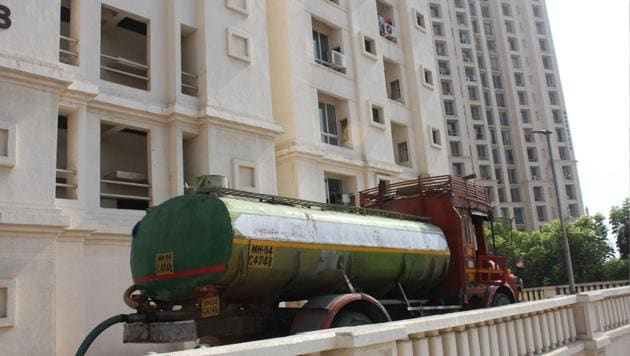Water crisis hits Marathwada as reservoirs dry up
The state government in October had declared drought in 151 tehsils spread across 26 districts of Maharashtra, after less than average rainfall last year.
With monsoon still a couple of months away, the dwindling water stock in drought-hit Marathwada has set alarm bells ringing. The region has only 5.5% water stock left in its reservoirs, with many of them, including the biggest – Jayakwadi Dam, having dried up.

The state government in October had declared drought in 151 tehsils spread across 26 districts of Maharashtra, after less than average rainfall last year. The eight districts of Marathwada, which mostly comprise agricultural land, were among the worst hit.
The nine major reservoirs — Paithan (Jayakwadi), Manjara, Majalgaon, Yeldari, Siddeshwar, Lower Manar, Lower Terna, Lower Dudhana and Sina Kolegaon –—in Marathwada have just 0.7% water stock left (dead water stock that can’t be used). Of the nine, only Lower Manar in Nan-ded has 20.63% water stock left.
In April last year, these reservoirs had more than 40% water stock left.
The region also has 81 medium and 838 minor reservoirs, which have 10.27% and 10.21% water stock left respectively.
The situation is expected to worsen, as with rising temperatures, evaporation of water is set to increase.
The state has now deployed around 2,185 tankers every day to supply drinking water to the affected villages in the region.
“We are facing severe water scarcity this year owing to less rainfall. The state has given powers to all district collectors to take decisions at their level in order to deal with the crisis. We do not want people to suffer owing to a delay in decision-making,” said Girish Mahajan, state water resources minister. “The state has allowed to deploy water tankers in any number to provide relief to people. We have also adopted temporary water supply schemes...”.
Officials said Aurangabad, Beed and Jalna are the worst-affected districts in the region.
“The last round of rainfall registered in the district (Aurangabad) was in August. We received only 53% rainfall last year. In 2017, it [rainfall] was just 62%, so the situation in Aurangabad is worse compared to other districts,” said a senior official from the Aurangabad district collectorate, which has adopted around 25 temporary water supply schemes. Currently, 924 tankers have been deployed to supply water to 625 villages in the district and the number is set to increase.
“We are struggling to get water for the tankers and have to request other districts to allow us to use water from their reservoirs. For instance, we are getting water from the Gangapur reservoir at Vaijapur of Nashik district,” said Ashok Ghuge, executive engineer, water supply department, Aurangabad Zilla Parishad.



